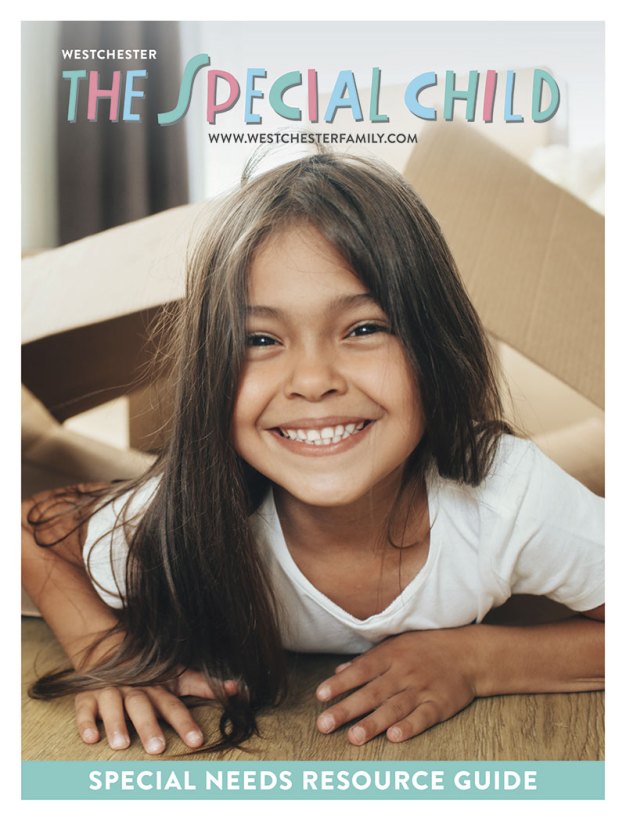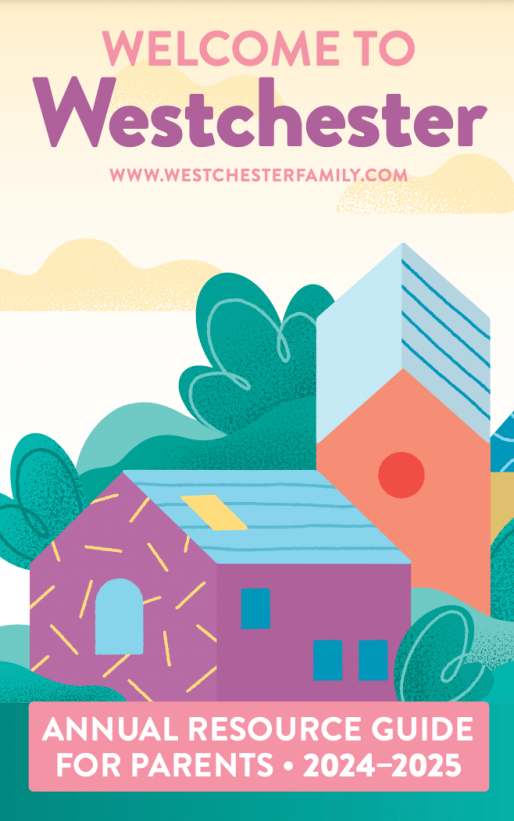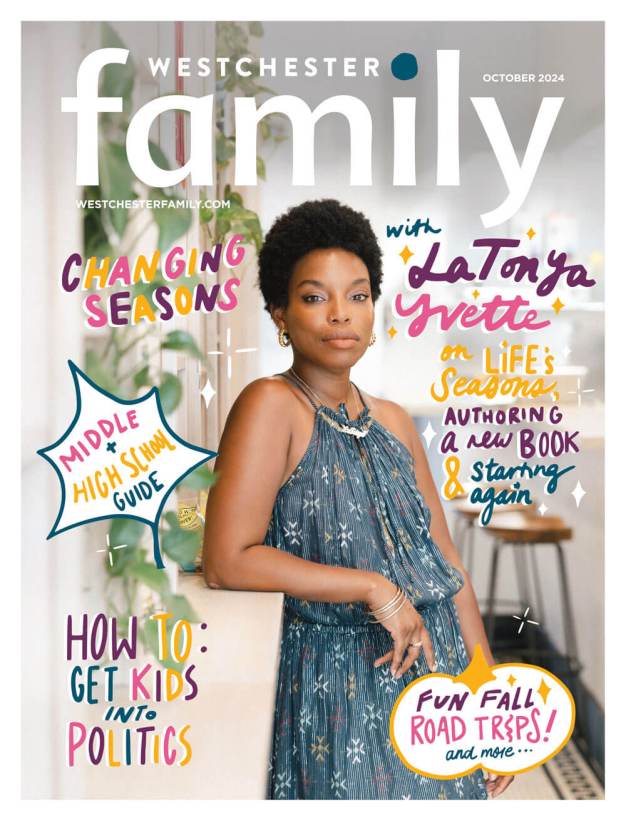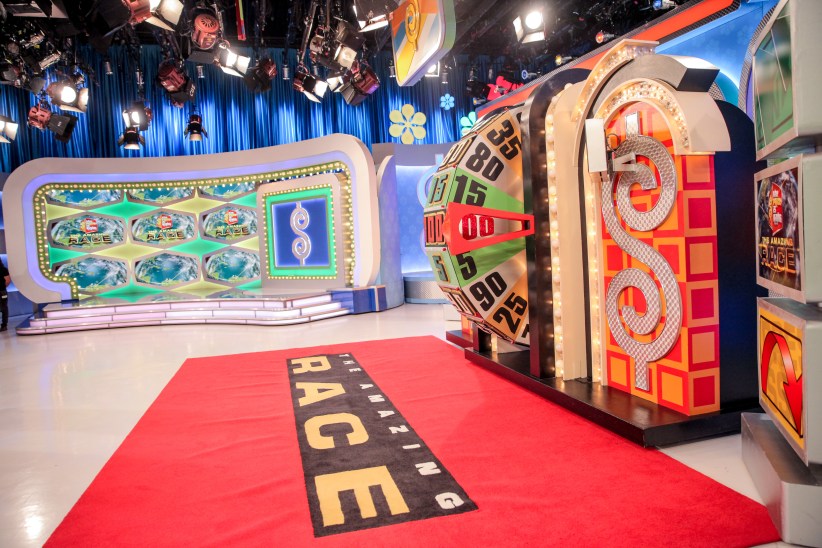In the surface, tennis is a remarkably simple game. A player hits a small yellow ball over a net to an opponent, who then hits it back. Yet, while it may take only a minute to learn the basics, the game takes a lifetime to master. Today, parents are able to start their children’s lifetime of tennis at an earlier age than ever before, and the benefits of early-age tennis have never been more apparent.
“Tennis, we believe, is a good fit for every kid that’s interested at all in sports,” says Eric Fromm, managing director of SPORTIME Harbor Island. “If they would start playing soccer or T-ball or have a catch with their dad in the yard, they’re ready for tennis.”
Kelly Gunterman, director of tennis and club management at Solaris Sport and Racquet Club in Hawthorne, calls tennis a lifelong sport. “Tennis is a sport that if [children] are introduced to it early, they’ll develop skills that they’ll remember forever,” he says. “They can take 10 years off and they’ll remember the strokes and it’ll be easier for them to come back as an adult. I have a friend in California who’s 95 years old and he still plays tennis.”
Start Them Young
According to the experts we spoke with, most children are ready to learn to play tennis before they’re old enough to even go to school. “Some 3-year-olds are ready,” says Fromm, and all 4-year-olds are ready to start.”
“We are willing to take a child at the age of 3,” says Charlie Chait, general manager of the New Rochelle Racquet Club. “We actually get quite a lot of inquiries about that. We also know that a 3-year-old can have a varied attention span, shall we say, so we’re quite flexible. If a parent wants to expose their child to tennis at that young age, we don’t have a problem with it.”
Neither does the United States Tennis Association. The USTA recently created a nation-wide program called 10 and Under Tennis in an attempt to recruit and engage the next generation of tennis enthusiasts at a young age.
“It goes along the theory that when your child is 5, say, and you want to put him on a soccer field, you’re not going to put him on a full size soccer field,” explains Chait. “You don’t put a [elementary-aged] basketball player on a full-size basketball court, so why would you put a tennis player on a full size tennis court?”
The program also uses smaller nets and rackets as well as different sized balls to create a more encouraging experience for the youngest players. “It’s a manageable space. Learning is a lot easier for kids, so they tend to take to it a lot faster than they might of in the past when they were using regular balls and a full-size court, which was a little intimidating,” says Gunterman. “There’s a definite progression and there are skills learned in each level so the kids really do develop skills to learn how to play tennis, rather than just out there hitting and then chasing balls.”
Praise for the 10 and Under Tennis program was universal among those with whom we spoke. “It’s all about doing at the club level what’s been going on in Europe and South America for a couple of decades,” says Fromm. “Which is bringing the game down to the size of children in the way T-ball does, or basketball does.”
What to Look for in a Program
Not all tennis programs are created equal, and it’s important that you find the right fit for your child. “When a kid’s first exposure to tennis is at a very early age, they will make an immediate judgment whether it was fun,” says Fromm. “They will either get inspired to stay in the sport or it might turn them off the sport forever. So the important thing is to choose a club that has a defined, high-quality 10 and Under Tennis program with all the proper equipment. Frankly, I think a parent should ask a club to describe to them what their 10 and Under Tennis philosophies are, and do they adhere to the USTA 10 and Under program.”
“You want to make sure the staff is experienced and you want to check their reputation,” says Carolyn Cruz, director of tennis and operations at Rye Racquet Club. “It’s very, very important that they’re fun and energetic, but that they also know how to teach the game.”
A general rule of thumb is for group classes to have no more than four students per instructor, though classes for very young children may have a ratio of five- or six-to-one. Most clubs invite prospective students (and their parents) to visit the club and watch a lesson to get an idea of what the class is like. “We also encourage our customers to just drop by and watch,” says Chait. “Our 10 and Under Tennis program is a lot of fun to just come and watch.” First-time visitors may even be invited to join in and try it out for free.
While most clubs run weekly classes, it can be worth it to sign your child up for one of the many week-long clinics or even one-day vacation camps to see if they take to the sport. “Usually the kids, after even just a one hour lesson … they’ll know if they like it or not,” says Cruz. “You can put them out there once and they love it and want to keep going.”
If your child expresses interest after giving a camp a try, the next step is to enroll him or her into a week-long course. Eventually, however, even that won’t be enough. “The more they get out and play the better,” says Cruz. “I think sometimes there are expectations that if they get out once a week and play then after a couple of months they’re going to be at this high level. They really have to play more than once a week to see any results.”
Equipment
In general, it is not necessary to purchase a large amount of equipment for your emerging tennis pro. “The first thing to do is buy your child a good pair of shoes,” says Chait. “Usually, if you sign up for a 10 and Under Tennis program there are rackets available [for your child to use].”
You can, if you wish, go out and purchase a smaller racket for your child (they may run between $24 and $30), but it really isn’t mandatory, especially in the beginning of your child’s tennis experience.
A Lifetime of Health
One of the best reasons to get your child started in tennis at a young age is to develop the healthy habits they will keep with them throughout their life. “Tennis is cardio” says Chait. “It works a lot of different muscles. It’s great for eye-hand coordination.”
“It develops all the skills that athletes have – the running, stopping, hand-eye coordination. As the rallies progress the kids are moving more,” says Gunterman. “The greatest thing for the parents is that it’s a game that they can play together [with their children]. It’s a real family sport.”
Fromm points to the mental benefits of learning the game. “Tennis is great for learning how to succeed on your own, to stand on your own,” he says. “It’s a thinking person’s sport. It’s a problem solving sport. A great, great majority of the time when a kid comes to try tennis, they enjoy it.”
The sheer joy of playing may be the best reason of all to introduce your child to tennis. “Tennis is one of those funny sports. It’s almost addictive,” says Chait. “You want to keep getting out there. It’s fun, it’s challenging … you want to keep going out there and hitting those silly little yellow balls.”
The USTA 10 and Under Tennis Program
The United States Tennis Association’s 10 and Under Tennis has revolutionized the way tennis is being taught to the youngest players. “The court is smaller, the balls are lighter and easier to hit and the rackets are size-appropriate. As the child grows, the rackets get bigger,” explains Gunterman. “They start with what’s called a red ball … it’s a little bit bigger [than a regular tennis ball], and a little lighter, and it doesn’t bounce as high. It’s a lot easier for kids to hit and to keep a rally going. Tennis is more fun when the ball goes back and forth over the net rather than when you’re picking up balls.”
As children learn and progress through the program, they move from the red foam ball to an orange ball, followed by green, and finally the regulation yellow tennis balls used by adults. Each ball is slightly heavier and slightly smaller than the last, and students graduate to larger rackets, nets and courts along the way as well. “It’s an easier way to learn tennis than being on the full court with the yellow ball and the big net, which is bigger than the kids anyway,” says Cruz.
Most tennis shops stock the different sized balls, so you can take them home and have your child practice hitting them against a wall or garage door. The youngest tennis players will even learn to play using balloons or beach balls. The aim is to let the kid use a full swing without having to chase down the ball every time someone hits it, which allows the instructors to instill good habits in the child in a way that simply wasn’t possible before the advent of the program.
USTA 10 and Under Tennis Program: 10andundertennis.com.
David Neilsen is a freelance writer, actor and dad.








